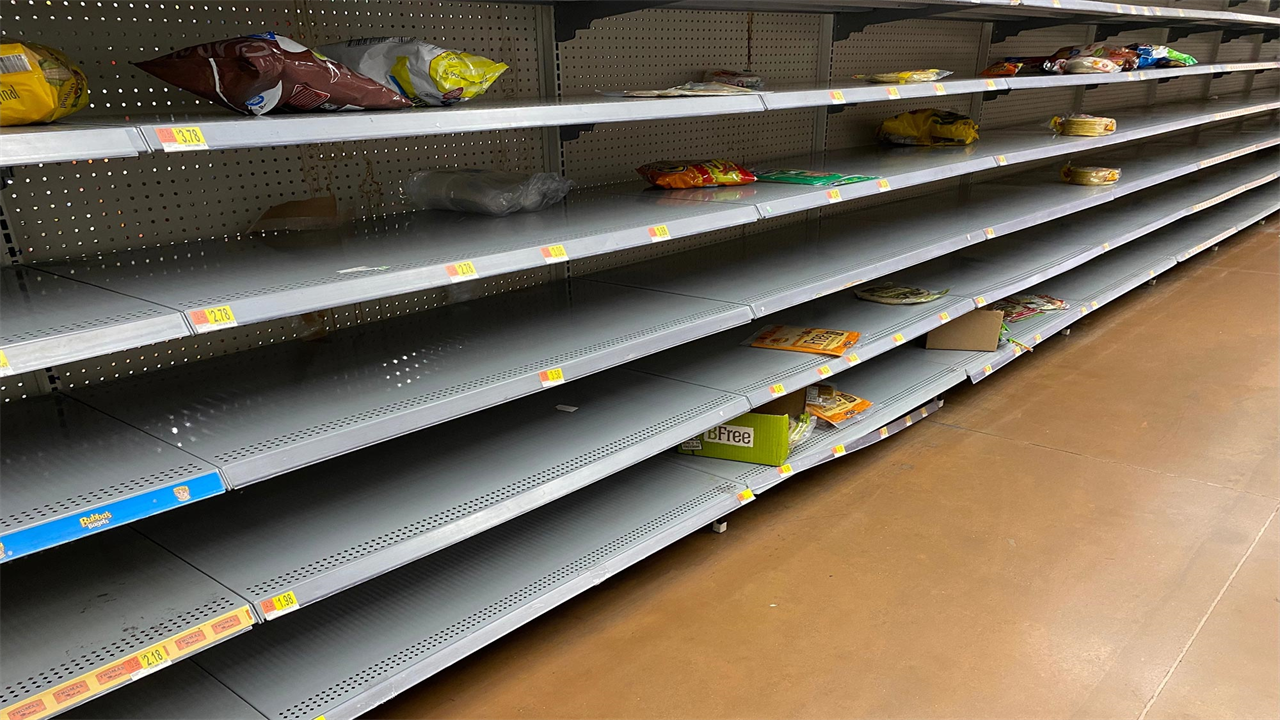How the Supply Chain Became So Fractured
0 View
Share this Video
- Publish Date:
- 22 November, 2021
- Category:
- Covid
- Video License
- Standard License
- Imported From:
- Youtube
Tags

Since the start of the COVID-19 pandemic, supply chain issues have confused consumers and the businesses they visit. From Clorox wipes to semiconductors to computer chips, the inventory of many products at major retail stores, dealers and even grocers is low or out of stock. The issue is of growing concern as the US heads for Black Friday and the holiday season, the biggest spending period of the year.
Most supply chains are built to provide optimal value for relatively stable and predictable demand, but the pandemic and other factors have contributed to abrupt swings in demand patterns that long and extended supply chains are not designed for. Gurumurthi Ravishankar, a faculty member and supply chain expert at the Leeds School of Business, explains how the supply chain problems started, what it means for consumers and how long it could take to fix the broken system.
Ravishankar
How did the supply chain become so fragmented?
In recent decades, supply chains have become increasingly complex. Many links (companies) in the chain – many of which are abroad – are driven by the desire for lower costs. Supply chains have also become quite lean with little inventory. Even the smallest hitch anywhere in the chain creates a ripple effect that doesn’t go away easily.
When and how did these problems start?
When the COVID-19 pandemic broke out, people started to get sick and countries started closing to control the spread of the disease. This slowed down or stopped production and delivery of countless materials. This caused more than a ripple in the supply chain, it was a tsunami wave.
The pandemic also caused consumer spending patterns to change, changing demand patterns (think back to hoarding toilet paper and Clorox wipes). This is classically known as the bullwhip effect in supply chain parlance. Online shopping skyrocketed, putting pressure on delivery services. Companies like Amazon saw volumes buy in mid-May that resembled the Christmas season.
How will these ongoing problems affect prices?
Higher prices are likely to be in the near future due to several factors. Shortages and increased demand invariably lead to price increases, but this usually leads to temporary increases. It is also expected that companies will build up inventories to avoid future shortages, which will drive costs up.
We also see more permanent price increases as a byproduct of higher production costs, mainly because of labor problems. Wage increases have led to higher overhead, resulting in price increases to offset those costs. The pandemic has exacerbated labor issues: fatalities, risk of illness, time off work, companies going out of business and people migrating for remote work or choosing to retire have all impacted the supply chain. In addition, the impact of stimulus measures, childcare credits, eviction moratorium, reduced spending and migration to cheaper areas of the country are contributing to people’s changing financial condition, impacting the labor pool.
Is there a solution? How long will it take?
How we ‘fix’ the supply chain depends on what we want the supply chain to do. For example, we quickly remedied the shortage of hand sanitizer when the local supply increased and demand decreased. However, it takes billions of dollars and many years to build local factories to produce the thousands of products in high demand (such as semiconductors).
Conversely, if we continue to rely on goods exclusively produced abroad, the shortages will persist and it will take a long time for normal supply to resume. Factories abroad must first be able to produce material at a prepandemic pace, and then all steps of the supply chain must be properly staffed to bring that product to the U.S.
The labor shortage in the US is not easy to solve: it takes two to four years for gantry crane operators to learn how to operate a crane correctly, and truck drivers must obtain a commercial driver’s license and undergo training before they can transport goods around the world. deliver. country. Neither job is currently in high demand, which only exacerbates the problem.










